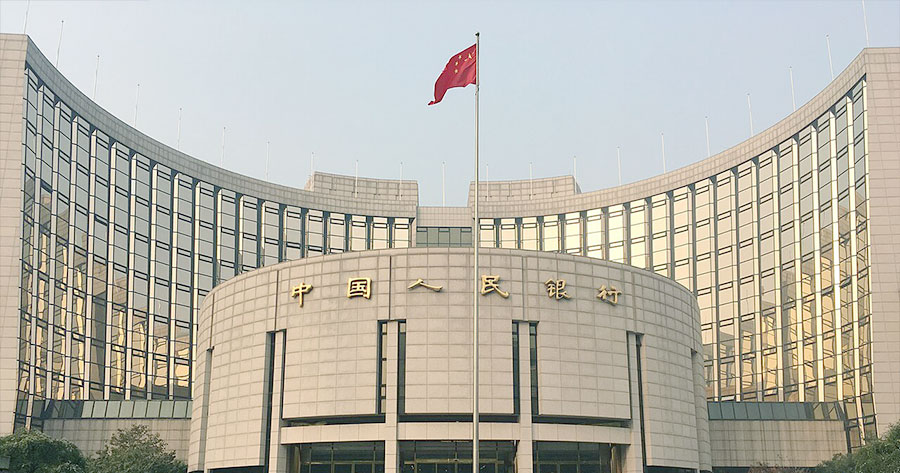The People’s Bank of China (PBOC) on Thursday opted to keep its benchmark lending rates steady, reflecting a cautious approach to monetary policy that underscores financial and currency stability over aggressive stimulus measures.
The one-year and five-year loan prime rates remained at 3.10% and 3.60%, respectively, aligning with expectations polled by Reuters.
Despite the rate decision, new yuan loans surged to 5.13 trillion yuan ($704.35 billion) in January, significantly exceeding December’s figures and analyst projections. Nevertheless, the year-on-year growth rate of lending hit an all-time low, indicating restrained credit demand amid ongoing economic challenges.
China’s yuan has depreciated by 2.4% against the dollar since the November election of Donald Trump, who has introduced a 10% tariff on Chinese imports—a move expected to escalate tensions and affect the trade dynamics between the two nations.
Historically, during Trump’s prior presidency, the trade war saw the yuan weaken by over 12% against the dollar between March 2018 and May 2020.
Last week, China’s central bank indicated that it would adjust monetary policy as needed to cushion the economy from external pressures, such as the looming threat of intensified trade disputes with the U.S.
Wang Qing, chief macro analyst at Golden Credit Rating, suggested that Beijing might incrementally lower deposit rates and expedite bank capital enhancement to counteract the squeezing of commercial banks’ net interest margins.
He added that potential shifts by the Federal Reserve in its rate cuts or further fluctuations in the yuan by 2025 are unlikely to significantly disrupt the central bank’s strategy of maintaining a suitably relaxed monetary stance.





